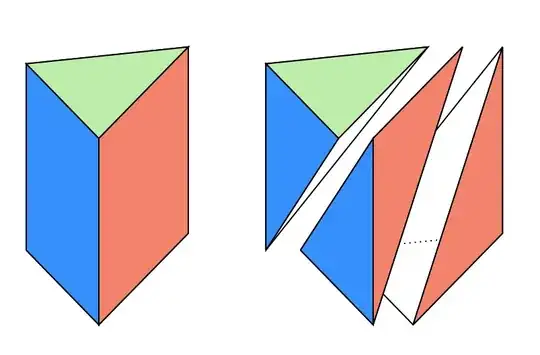I read in a book a few months ago that the volume of a (solid) pyramid with a base that is ANY polygon (I'm not sure if it mentioned it being regular or not) is equal to $$\frac{1}{3}\times A\times h$$ where $A$ is the area of the base (i.e. of the polygon) and $h$ is the height of the pyramid.
This seems to be true in many cases, such as when the base is a square, a triangle and when the base is a circle (ie the pyramid becomes a cone).
My question is, how can we prove this? I simply have no idea.
Thank you for your help.
